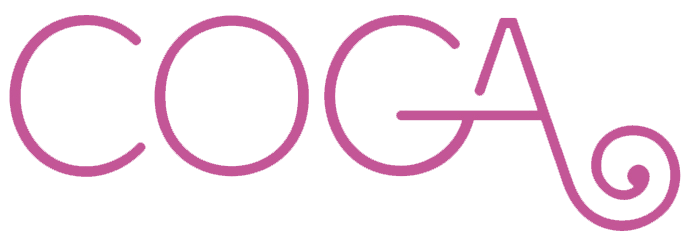Have you screened? It’s the best thing you can do to protect yourself from cervical cancer.
New Zealand is six months into the rollout of a new cervical screening programme which includes a self-swab as an initial step – and we encourage everyone with a cervix to participate.
How is the National Cervical Screening Programme (NCSP) helping to reduce cervical cancer cases?
According to New Zealand’s National Screening Unit, 85% of the country’s cervical cancer sufferers have either never been screened or not opted for regular screening. So what’s stopping them?
For many, it can be feelings of discomfort or embarrassment at the screening process, which is why the National Cervical Screening Programme (NCSP) has been developed to include a self-swab option. It’s hoped that this step will get more people on their way to regular screening, lowering the cases of this preventable cancer.
The NCSP was developed in September 2023 to help meet the ‘90-70-90’ targets set by the World Health Organisation in its quest to eliminate cervical cancer as a public health problem.
The strategy is that by 2030, 90% of girls should be fully vaccinated against HPV (Human Papillomavirus) by 15 years of age, 70% of women should be screened using a high performance test by age 35 and again by 45, and 90% of those identified with cervical disease should receive appropriate treatment.
"Of the 180 people who get cervical cancer in Aotearoa New Zealand every year, 85% have either never been screened or have not had regular screening."
- Time to Screen
What is the link between cervical cancer and HPV?
Cervical cancer starts in the cells lining the cervix, where it is triggered by cell changes caused by infection with HPV, which is generally spread through unprotected sex. Symptoms can include warts on the genitals and surrounding skin, but many of those with HPV have no symptoms, so it can be difficult to know you are carrying it. There is a very good explanation on how HPV can cause cervical cancer here.
Eliminating the virus through vaccination is the best way to protect against cervical cancer. In New Zealand, Year 8 students are offered the vaccination through school. The hope is to vaccinate young people before they become sexually active.
What are the steps involved in cervical screening now?
An initial HPV vaginal swab test, much like a COVID test, can be carried out at home or by a clinician. If this comes back abnormal, a smear will be taken, followed by a colposcopy if needed. A colposcopy is an examination where a speculum is placed into the vagina and then a microscope is used to magnify the cervix, with a solution applied to help identify any abnormalities. If abnormalities are present, these can then be investigated further through a biopsy.
For 90% of those with a cervix, the initial step will come back clear and no further interventions will be required. However, if a smear is required, it is important to know that your gynaecologist and colposcopist understand the discomfort. Any examination will be performed with utmost respect and care. If it helps you to feel better prepared, consider asking for an initial appointment to discuss the process first, or opt to bring a support person.
Why does your participation matter?
Early intervention is essential to treating cervical cancer. The NCSP is designed to screen out those who do not have any symptoms, in order to better pinpoint and help those who may be at risk. The more who participate in the process, the faster at-risk people can be found and helped.
We are here to support anyone looking for more information or wanting to opt into the programme, so please get in touch with any questions or make an appointment with your GP to get the screening process started. To find out what to expect from the screening programme, including instructions for self-swabbing, you can also have a look at the Time to Screen website.
- Fertility
- Fertility
- Menopause
- Gynaecological Services
- Contraception
- Fertility










